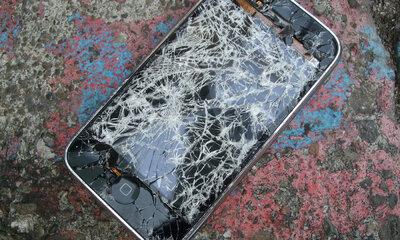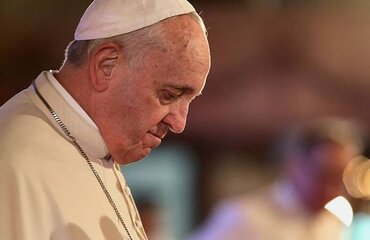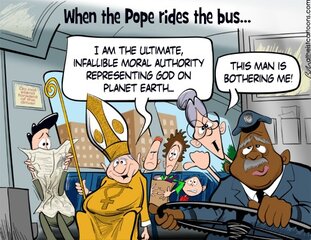- Messages
- 2,145
- Reaction score
- 5
- Points
- 28
^ That would be one helluva spider!! We ought to farm and sell it! We'd soon be off bringing down some world-renowned pharmas out of business—if they don't get to us first, that is. lol
One thing tho: wouldn't the bite infect the whole thingy and make it fall off??? That would be a disaster, no...?
One thing tho: wouldn't the bite infect the whole thingy and make it fall off??? That would be a disaster, no...?



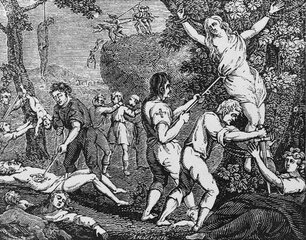
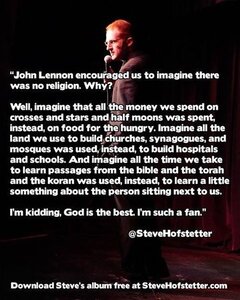



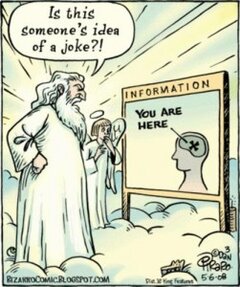



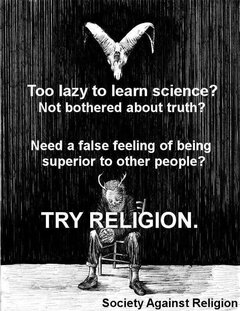

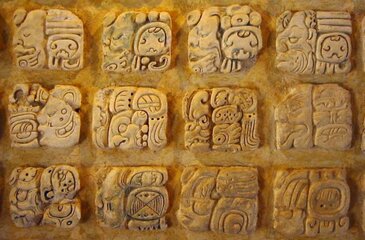
 Kumusta ang mga enlightened diyan!
Kumusta ang mga enlightened diyan! 
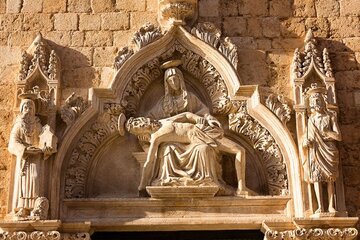
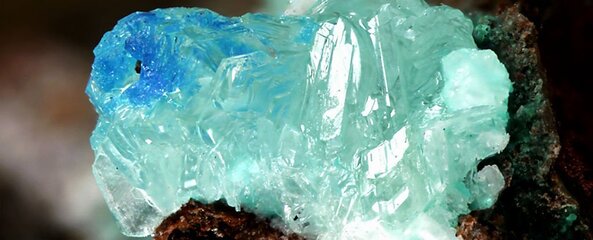

 nakita ko lang yung thread niyo and maganda dito, walang debate and ni rerespect lahat ng opinyon
nakita ko lang yung thread niyo and maganda dito, walang debate and ni rerespect lahat ng opinyon 
